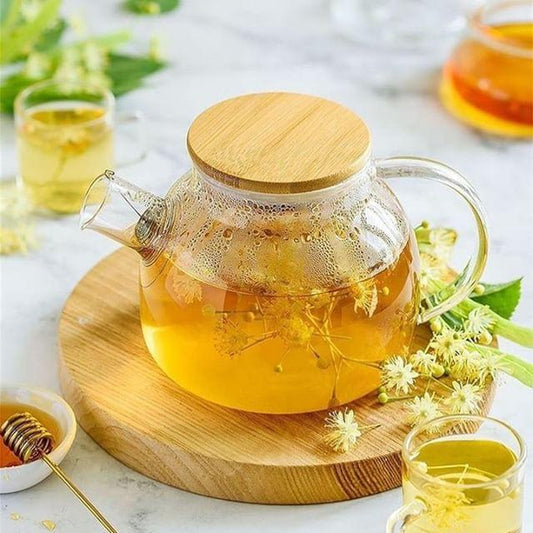Master the Art of Tableware Care: Tips for Longevity and Beauty

Investing in quality tableware enhances your dining experience, but maintaining its beauty and functionality requires proper care. With the right techniques, you can keep your tableware in pristine condition for years to come. Here’s how to master the art of tableware care.
1. Cleaning and Washing
Hand Washing:
- While many tableware items are labeled dishwasher safe, hand washing is often gentler, especially for delicate pieces like fine china or porcelain. Use warm water, mild dish soap, and a soft sponge to clean your tableware. Avoid abrasive scrubbers, which can scratch the surface.
Dishwasher Tips:
- If you use a dishwasher, place items securely to prevent movement during the wash cycle. Use a gentle cycle and mild detergent. Avoid overloading the dishwasher to ensure thorough cleaning and minimize the risk of chipping.
Immediate Rinsing:
- Rinse tableware immediately after use to prevent food from drying and staining. This is particularly important for items that come into contact with acidic foods like tomatoes or citrus, which can cause discoloration.
2. Handling and Storing
Careful Handling:
- Handle your tableware with care, especially delicate pieces. Avoid stacking too many plates together, as this can cause scratches and chips. When carrying multiple items, consider using a tray to prevent accidental drops.
Proper Storage:
- Store plates and bowls vertically with protective padding between each piece to prevent scratching. Use felt or silicone pads between stacked items. For glassware, store upright to prevent rim damage, and consider using a hanging rack for stemware to keep them safe and accessible.
Temperature Considerations:
- Avoid exposing tableware to extreme temperature changes. Let hot items cool down before washing them in cold water to prevent cracking. Similarly, avoid putting cold items into a hot oven or microwave.
3. Stain Removal
Baking Soda Paste:
- For stubborn stains, create a paste using baking soda and water. Apply the paste to the stained area, let it sit for a few minutes, then gently scrub with a soft sponge. Rinse thoroughly.
Vinegar Soak:
- Soak stained tableware in a solution of equal parts white vinegar and water for about 30 minutes. This helps break down food particles and remove stains. After soaking, wash the items as usual.
Hydrogen Peroxide:
- For particularly tough stains, apply hydrogen peroxide to the affected area and let it sit for 10-15 minutes before scrubbing and rinsing. Hydrogen peroxide acts as a gentle bleaching agent, restoring the item’s original color.
4. Preventing and Repairing Damage
Avoid Metal Utensils:
- Metal utensils can leave marks on ceramic and porcelain surfaces. Opt for wooden or silicone utensils to avoid scratching and maintain the finish of your tableware.
Use Placemats and Coasters:
- Protect your tableware and dining surfaces by using placemats, coasters, and trivets. These items prevent heat damage and reduce the risk of scratches from sliding plates and glasses.
Repair Chips and Cracks:
- For minor chips, consider using a food-safe ceramic or porcelain repair kit to fix the damage and prevent it from worsening. For more significant damage, consult a professional for repair or consider replacing the item.
5. Special Care for Specific Materials
Porcelain and Bone China:
- These materials are delicate and should be handled with extra care. Avoid sudden temperature changes and hand wash whenever possible. Store items with padding to prevent chipping.
Stoneware:
- Stoneware is durable but can be heavy and prone to chipping. Use gentle cleaning methods and avoid stacking too many items. Ensure pieces are completely dry before storing to prevent moisture buildup.
Glassware:
- Handle glassware by the base or stem to avoid leaving fingerprints on the bowl. Use a soft cloth to polish and remove water spots. Avoid extreme temperature changes and store stemware hanging to protect the rims.
6. Regular Maintenance
Polishing:
- Regularly polish your tableware to maintain its shine and remove any minor surface scratches. Use a soft cloth and a gentle polishing compound suitable for the material.
Inspection:
- Periodically inspect your tableware for any signs of damage, such as cracks or chips. Early detection allows for timely repairs and prevents further deterioration.
Seasonal Care:
- For items that are used seasonally or occasionally, give them a thorough cleaning before and after use. Store them securely with protective padding to keep them in top condition until the next use.
Conclusion
Mastering the art of tableware care ensures that your pieces remain beautiful and functional for years to come. By following these tips for cleaning, handling, storing, and maintaining your tableware, you can preserve its longevity and enhance your dining experience. Invest time and effort in proper care, and your tableware will continue to impress at every meal.
Share:





